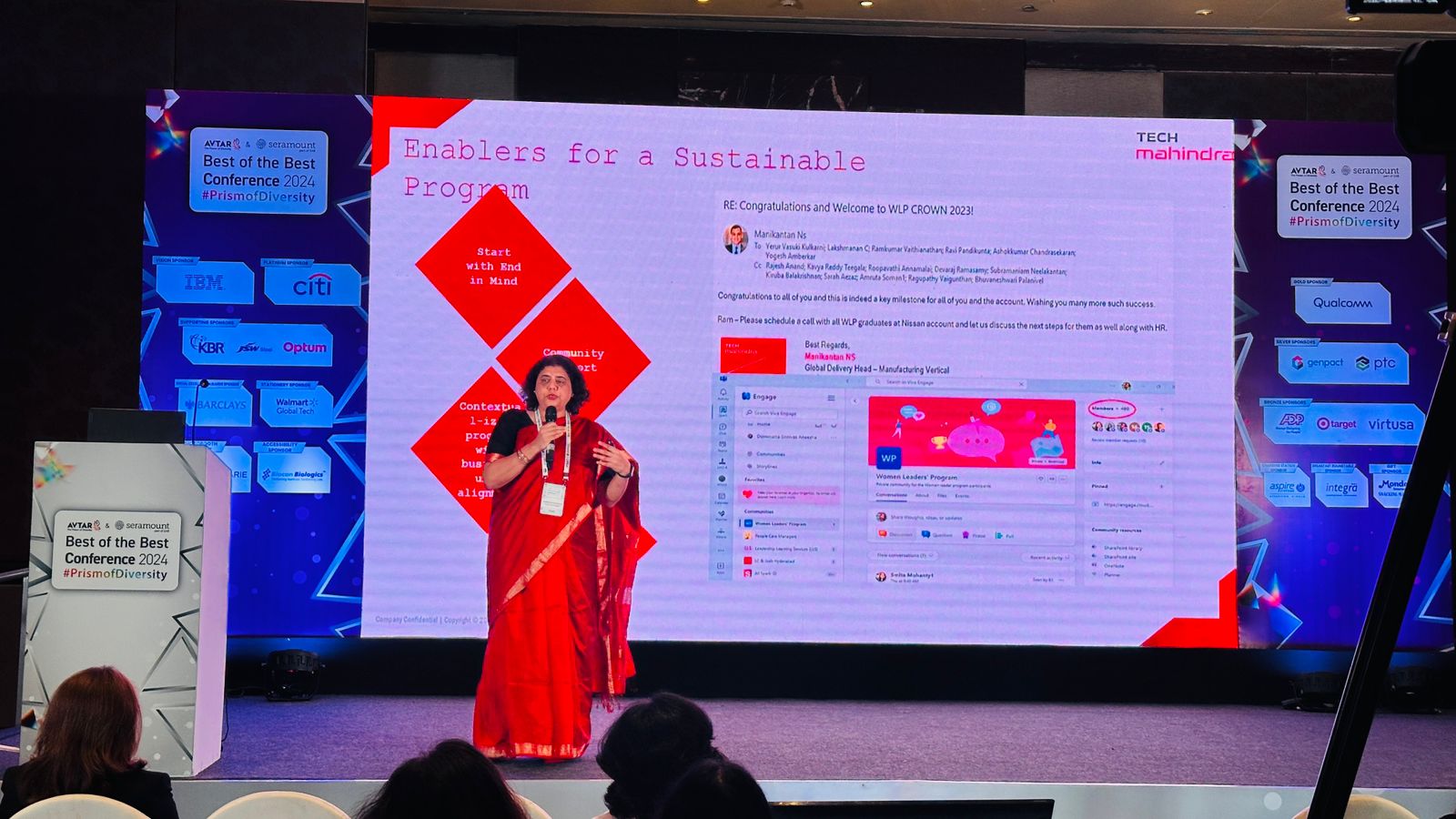There are a few things that have to be experienced to be believed or understood. Work culture is one such component. Culture can enable teams and organization to perform better through innovation, teamwork, and creativity accelerated by diversity and inclusion.
So, what is work culture? Work culture comprises the organization’s vision and the attitudes, beliefs, and behavior that make for the regular atmosphere in the workplace. This culture decides the inclusion and success of the organization.
We have heard of the term positive work culture. A positive work culture doesn’t happen on its own. It takes thoughtfulness, rigor, and cultivation. The result is invested, productive and happy employees.
Here are the cornerstones of a positive work culture:
Staying connected: Collaboration drives the vision and more so when it stresses the importance of teamwork and organizational goals and objectives above individuals. These should ideally aim breaking silos and opening up cross-departmental discussions and initiatives.
Allow expressions of gratitude and appreciation: Recognizing hard work, commitment, and good work is essential to keep performing individuals motivated and focused on the goals and growth of the organization.
Acknowledge employees for their efforts through rewards., ensure that the gift experience has a personal touch rather than being transactional. Similarly, provide opportunities for employees to spread gratitude. These steps add gratification and boost their morale.
Have a consistent approach: Consistency also boils down to the process and practices. Outline what is expected of them when it comes to outcomes and maintain them at all levels. Predictability will make employees trust the management and organization.
Role model leaders: It is the most important aspect of creating a positive work culture — demonstrating the right behavior. Who else but leaders to show the way for employees? So, if a leader is empathetic, employee-focused, and authentic, the employees will take the cue and feel secure to put in their best efforts. It will result in improved engagement, productivity, and even profitability.
Creating a positive culture includes stopping occasionally, and noticing what is not working out, and restructuring the process, policy, or approach causing the barrier. A positive work culture doesn’t mean being content with the existing scenario, and it seeks honest assessment.





















